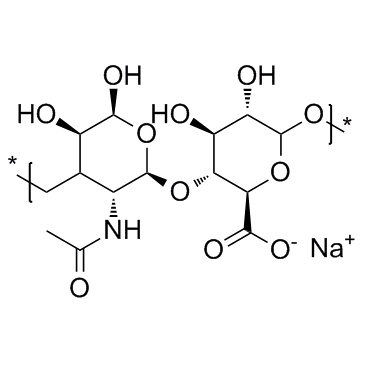| Structure | Name/CAS No. | Articles |
|---|---|---|
 |
Sodium Hyaluronate
CAS:9067-32-7 |
|
 |
PNGase F
CAS:83534-39-8 |